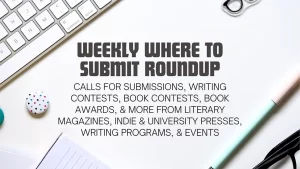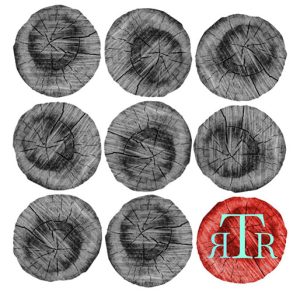Noon – 2007
Volume 7
2007
Miles Clark
Reading the latest installment of Noon, I began to frame the not-at-all-uncomfortable impression that this journal, strange as it may seem, shares its design aesthetic with McSweeney’s. This isn’t obvious from the content (though the likes of Tao Lin, Deb Olin Unferth and Sam Lipsyte, might encourage such misconceptions) as much as through Noon’s insistence on importing iconographic singularity (read: noble) into the chirographic (read: agricultural) sphere of influence. In McSweeney’s these concerns are presented dualistically; you have your journal, it comes in a box or an envelope or with magnets or paperclips, you recall Dada and Aspen Magazine, you chuckle, and move on to the stories. Noon’s format, by contrast, is relatively straightforward: cover art, stories, long photographic portfolio, occasional drawings. At the same time, the rhythm and tone of the stories give the impression of tiptoeing from painting to painting in a modern art gallery. Many movements tangle in Noon: minimalism (Tao Lin and Greg Mulchay), Dadaism (Lypsite’s “The Illuminated Aisle Carpet”), Pop-Art (Laurence A. Peacock’s “The Palmer System”), and, most impressively, Clancy Martin’s Art Brut-inspired “Dirty Work.” Swaddled in a heavy-paper cover and containing an addendum explaining typeface history, it seemed clear that this journal was striving to remain a lasting object itself. This is particularly rare in the realm of experimental literature, where venues like Conjunctions or Sleeping Fish are designed more to dissuade the power of the image or ignore it altogether, conceiving the book pragmatically, as a vehicle for the presentation of printed matter.
Reading the latest installment of Noon, I began to frame the not-at-all-uncomfortable impression that this journal, strange as it may seem, shares its design aesthetic with McSweeney’s. This isn’t obvious from the content (though the likes of Tao Lin, Deb Olin Unferth and Sam Lipsyte, might encourage such misconceptions) as much as through Noon’s insistence on importing iconographic singularity (read: noble) into the chirographic (read: agricultural) sphere of influence. In McSweeney’s these concerns are presented dualistically; you have your journal, it comes in a box or an envelope or with magnets or paperclips, you recall Dada and Aspen Magazine, you chuckle, and move on to the stories. Noon’s format, by contrast, is relatively straightforward: cover art, stories, long photographic portfolio, occasional drawings. At the same time, the rhythm and tone of the stories give the impression of tiptoeing from painting to painting in a modern art gallery. Many movements tangle in Noon: minimalism (Tao Lin and Greg Mulchay), Dadaism (Lypsite’s “The Illuminated Aisle Carpet”), Pop-Art (Laurence A. Peacock’s “The Palmer System”), and, most impressively, Clancy Martin’s Art Brut-inspired “Dirty Work.” Swaddled in a heavy-paper cover and containing an addendum explaining typeface history, it seemed clear that this journal was striving to remain a lasting object itself. This is particularly rare in the realm of experimental literature, where venues like Conjunctions or Sleeping Fish are designed more to dissuade the power of the image or ignore it altogether, conceiving the book pragmatically, as a vehicle for the presentation of printed matter.
From its inception, Noon has been a relatively closed world: its editors routinely publish (as well as advertise) their own work in the pages; repeat contributors appear more often than not; critical essays on an author appear beside stories of selfsame author. This mentality has come under a great deal of criticism elsewhere, and much of it is deserved. In Noon’s case, it is dismissible on the grounds that the journal’s content never misses a beat. These pages will make deliberate steps through the shifting waters of the avant-garde for a long time to come.
[www.noonannual.com/]




